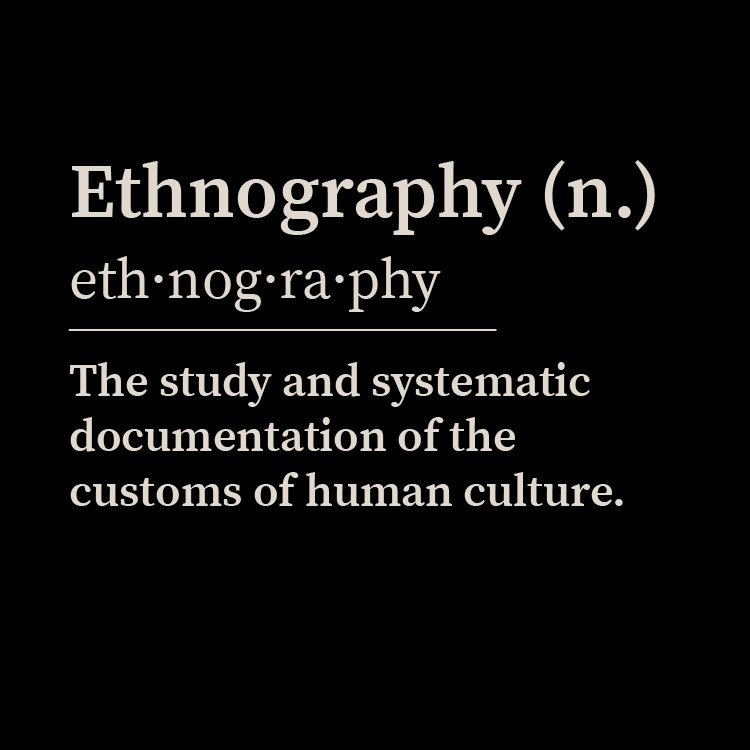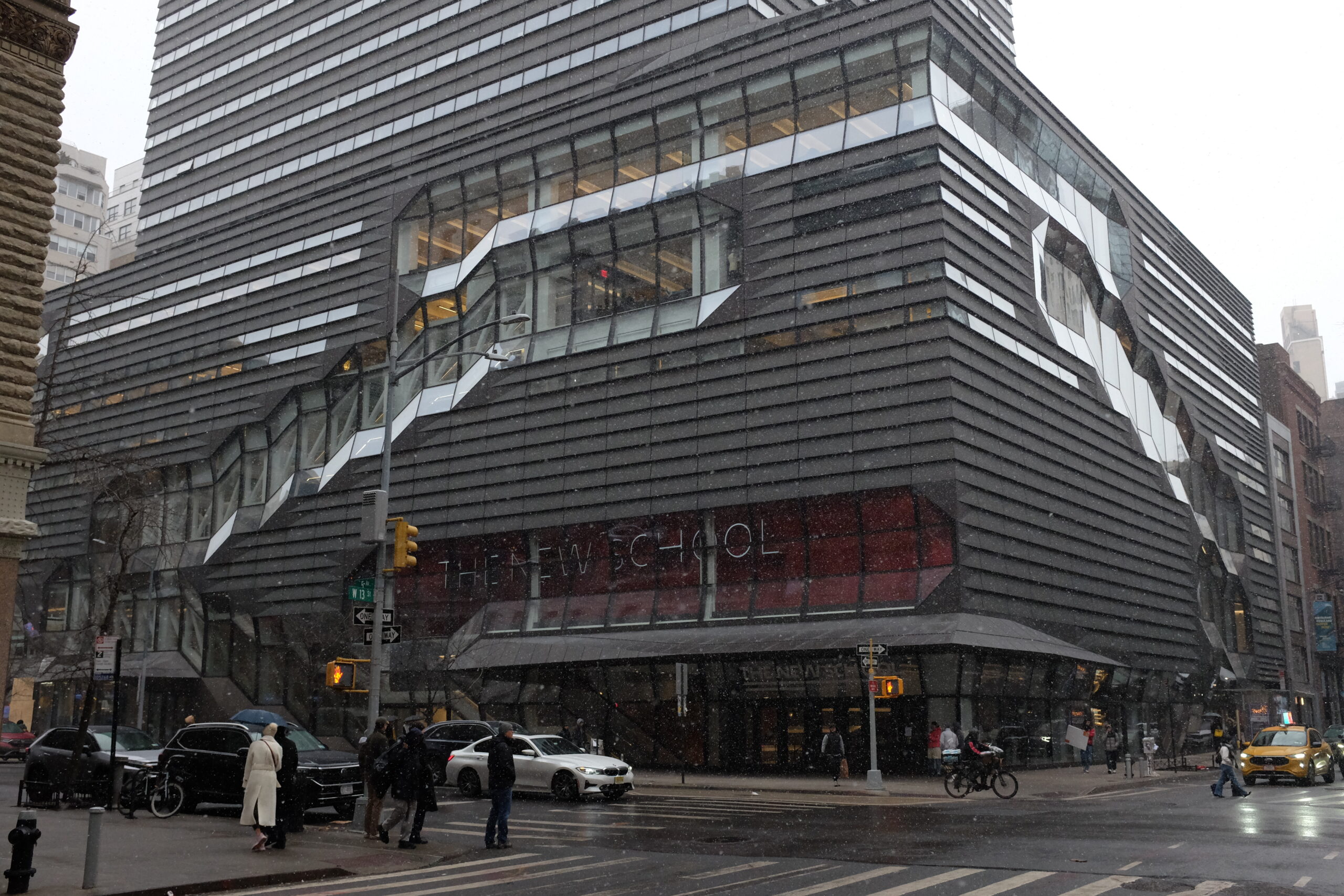Anyone catching a glimpse of The New School’s dramatically elongated logo and Pantone Parsons red, which covers so many surfaces at the university, knows that the school pays close attention to its image. A brand update in March resulted in not only a new font, designed by renowned design firm Pentagram, but also a commitment to social justice.
“As an essential value of our university, social justice plays a role in The New School’s branding and is infused throughout our messaging,” Ashley Bruni, director of brand strategy told the Free Press.

In interviews with students, deans and those involved with the social justice initiative, however, a more nuanced account of the university’s relationship with social justice emerged. Some students complained the administration at the school is not particularly interested in promoting social justice beyond a branding initiative, (though specific examples of how to rectify this were hard to come by.) One dean said that civic engagement and social change is disseminated through performances and courses rather than official channels. And, in addition, one faculty member said students who are active in social justice are often students of color, low-income, first generation, undocumented and LGBTQ students.
 Check out our full Activist Dictionary here.
Check out our full Activist Dictionary here.However, Garcia said she wasn’t sure she believed the president and deans of the university were personally involved and that professors handled the issue differently. “It depends on the teacher,” she said. “Some teachers are very committed to social justice… others are oblivious and don’t even recognize that there are issues in our community that need to be addressed.”
One component of the school’s commitment to social justice was the formation of the Baldwin Rivera Boggs Social Justice Hub in the spring of 2014. The “hub,” located on the fifth floor of the University Center, was created as a place for students who can be marginalized due to race, gender, sexual orientation, or socioeconomic status to meet and discuss issues.
“The social justice hub is the primary space for marginalized groups to meet, discuss, release, heal, and organize,” said Micha Borneo, a junior at Lang. However, with the only securement of this space being the words “Social Justice Hub” painted as you enter the space it’s not surprising that people are constantly overtaking the space,” said Borneo.
Borneo told the Free Press that it would be nice for the school to consider following through with its commitments to serving its minority student populations. “If the president of the university can have a free space reserved off campus for living — students of color and queer communities should have those same reservations in the social justice hub.”
Another component of the school’s commitment to social justice is the Office of Civic Engagement and Social Justice, located at Lang and more commonly known as CESJ, which designs and facilitates social-justice-geared programs for students and faculty. One way that CESJ carries out its mission is through the Summer Student Fellowship Program, a ten-week intensive fellowship designed to connect student activists with their professional passions where students can pursue full-time community-based internships in New York City.

One course offered this semester is Environmental Justice: Social Difference, Inequality and the Production of Space, taught by Katinka Maria Wijsman in the political science department. The course examines the ways in which social difference cuts across ideas of nature and ecological sustainability in often persistent and troubling ways.
“Social justice is central to Lang’s identity,” said Stephanie Browner, the dean of Lang. “Our admissions recruiters and the former director of admissions for Lang report that social justice is critically important to students’ interest in Lang.”
According to Browner, in an ethnography of Lang alumni conducted in 2013, 75% of the respondents reported that Lang had shaped their understanding of social justice.

Check out our full Activist Dictionary here.
In regards to students who attend Lang for its social justice mission, Judy Pryor-Ramirez, the director of CESJ, said “that it is true for some students though many students also cite our location in NYC, connection to the larger New School academic enterprise (i.e., Parsons, Drama, etc.), and open curriculum as other contributing factors to matriculation at Lang.”
Pryor-Ramirez echoed Lang student Borneo’s thoughts on what kind of New School students actually take an active role in social justice theory and practices.
“Often times this group is comprised of our students of color, low-income students, first-generation students, undocumented students, and LGBTQIAGNC students,” Pryor-Ramirez said. “These students face multiple structural inequalities, oppressions, and violence –both at the institution and outside the institution — and so they organize to take action. ”
The executive dean of Performing Arts, Richard Kessler, told the Free Press that civic engagement and social change are embedded within performances and courses in the College of Performing Arts. “As the area of entrepreneurship is growing by leaps and bounds, more and more students are planning projects that support underserved communities through the arts, seeking to ensure that public school students have equitable access to the education that are entitled to.”
For example, DUST, an experimental opera by American composer, Robert Ashley, focuses on homelessness in New York City. Additionally, Daniel Roumain, a new faculty member at Performing Arts, has a course, Artists as Activists Beyond the Academy, that will run in the upcoming semester.







